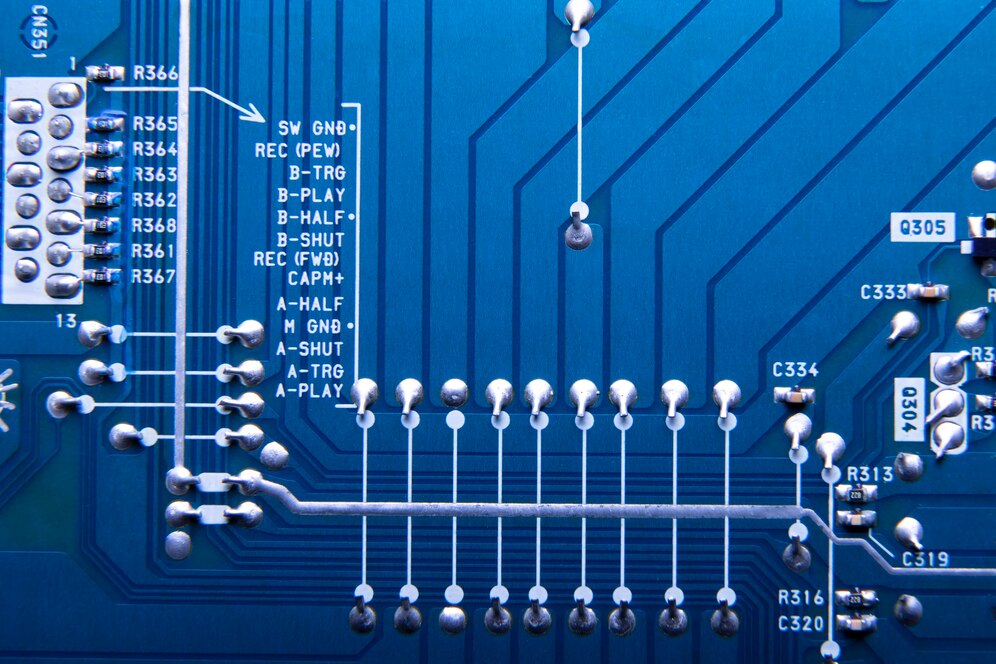RAM Full Form: Random Access Memory

RAM Full Form and Its Crucial Role in Computing
In the ever-evolving world of technology, acronyms often stand as pillars of knowledge, allowing us to navigate complex concepts with ease. One such acronym that forms the bedrock of modern computing is “RAM.” You’ve undoubtedly come across this term, but have you ever wondered what “RAM” stands for? In this article, we’ll uncover the mystery behind the RAM full form and explore its indispensable significance in the realm of computing.
RAM Full Form: Random Access Memory
Defining RAM: “RAM” stands for Random Access Memory, a type of computer memory that provides quick and temporary storage for data that the central processing unit (CPU) is actively using. Unlike storage devices such as hard drives or solid-state drives, which store data even when the computer is powered off, RAM is a volatile memory that loses its data when the power supply is interrupted.
Grasping the Significance of RAM in Computing
RAM is at the core of a computer’s performance and plays a pivotal role in ensuring efficient and seamless operations. Here are some key aspects that highlight the importance of RAM in computing:
- Real-Time Data Access:
- The “Random Access” in RAM’s full form refers to its unique ability to access any memory cell directly, regardless of its location. This enables rapid retrieval and modification of data, allowing the CPU to work with information in real-time.
- Application Performance:
- The amount of RAM in a computer directly impacts its ability to handle multiple applications simultaneously. A higher RAM capacity allows for smoother multitasking, as each application can reside in memory without constant swapping in and out from slower storage devices.
- Faster Execution:
- When you open a software program or application, it’s loaded into RAM to ensure swift execution. Since accessing data from RAM is much faster than fetching it from a hard drive, having sufficient RAM can significantly enhance program launch times.
- Caching:
- RAM is often used as a cache for frequently accessed data and instructions from slower storage devices. This helps reduce the time required to access commonly used files, improving overall system responsiveness.
- Gaming and Multimedia:
- Modern video games and multimedia applications demand substantial amounts of memory to store and manipulate high-resolution graphics, audio files, and video streams. A larger RAM capacity ensures smoother gameplay and media playback.
- Virtual Memory:
- Operating systems use a portion of the hard drive as “virtual memory” to supplement the physical RAM. When RAM is exhausted, the system uses virtual memory, but this process is slower due to the inherent speed difference between RAM and storage devices.
- Software Development and Testing:
- Developers and programmers rely on RAM for coding, compiling, and testing software applications. A sufficient RAM capacity allows for efficient debugging and performance analysis.
Types of RAM
There are different types of RAM, each with its characteristics:
- Dynamic RAM (DRAM): The most common type of RAM, used in most computers. It requires periodic refreshing to maintain data integrity.
- Static RAM (SRAM): Faster and more stable than DRAM, SRAM is often used in caches and high-performance applications. It doesn’t require constant refreshing.
- Synchronous DRAM (SDRAM): SDRAM is synchronized with the computer’s system clock, allowing for higher data transfer rates.
- DDR (Double Data Rate) SDRAM: DDR RAM transfers data on both the rising and falling edges of the clock signal, effectively doubling the data transfer rate compared to standard SDRAM.
- DDR2, DDR3, DDR4, DDR5: These are successive generations of DDR RAM, with each iteration offering improved data transfer rates and efficiency.
Conclusion
“RAM,” or Random Access Memory, stands as the heartbeat of modern computing systems. Its ability to swiftly provide data to the CPU directly impacts a computer’s speed, multitasking capabilities, and overall performance. The next time you encounter the term “RAM,” you’ll have a deeper appreciation for its role in powering the digital experiences that define our technological age.